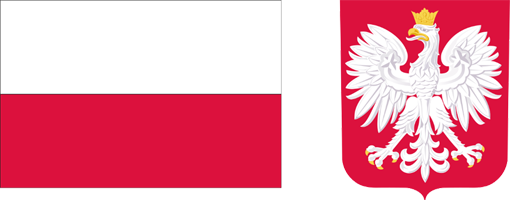Current issue
Archive
About the Journal
Aims and Scope
Advisory Board
Members of the Editorial Board
List of reviewers
Publishing process
Publishing Ethics and Malpractice Statement
Personal data protection (GDPR)
Creative Commons License
CrossRef Member / Similarity Check
For Authors
Call for papers
Guidelines for authors
Submitting a manuscript through the editorial system – step by step
For Reviewers
Peer review process
Guidelines for reviewers
Submitting a review – step by step
Contact
RESEARCH PAPER
WAGES FOR PAID LABOR, FARMERS’ OWN LABOR PAYMENT, AND PRODUCTION EFFICIENCY IN THE CASE OF POLISH FARMS CLASSIFIED BY TYPES OF FARMING
1
Institute of Agricultural and Food Economics National Research Institute, Warsaw
Submission date: 2021-10-05
Final review date: 2021-12-08
Acceptance date: 2021-12-27
Publication date: 2022-03-28
Zagadnienia Ekonomiki Rolnej / Problems of Agricultural Economics 2022;370(1):22-41
KEYWORDS
TOPICS
ABSTRACT
The aim of the research was to evaluate wages of wage earners and farmers’ own labor payment based on farm income in terms of various types of farming in Poland. The paper also examines the impact of subsidies on the payment of farmers’ own labor inputs and production efficiency. The research involved farms keeping accounting records, which were classified by the FADN methodology (TF8). The analysis uses standard results from 2010, 2015, and 2019 processed in the FADN EU system. Relatively low wages for wage earners were observed on farms specialized in permanent crops (EUR 2.12–2.76/hour) and horticulture (EUR 2.05–3.32/hour), and quite high on mixed farms (EUR 4.05–6.67/hour) and farms specialized in other grazing livestock (EUR 3.98–6.04/hour). Assuming wages for wage earners as the cost of one hour of farmers’ own labor, at the level of income without subsidies, farmers’ own labor was fully paid only on farms specialized in horticulture and granivores, as well as in 2010 and 2015 on farms specialized in permanent crops. On the other hand, income with subsidies ensured full payment of farmers’ own labor on farms specialized in horticulture and granivores; in 2010 on farms specialized in field crops, as well as in 2010 and 2015 on farms specialized in permanent crops and dairy cows. In the remaining cases (i.e., types and years), farmers’ own labor inputs were partially paid (from 22.2 to 96.9%). The research concerned commercial farms with market-oriented production. However, there are also farms in Poland, which are not so closely linked with market, therefore their economic situation may be much worse. As a consequence, their opportunities to generate income and pay for farmers’ own labor can be limited.
Share
RELATED ARTICLE
We process personal data collected when visiting the website. The function of obtaining information about users and their behavior is carried out by voluntarily entered information in forms and saving cookies in end devices. Data, including cookies, are used to provide services, improve the user experience and to analyze the traffic in accordance with the Privacy policy. Data are also collected and processed by Google Analytics tool (more).
You can change cookies settings in your browser. Restricted use of cookies in the browser configuration may affect some functionalities of the website.
You can change cookies settings in your browser. Restricted use of cookies in the browser configuration may affect some functionalities of the website.



